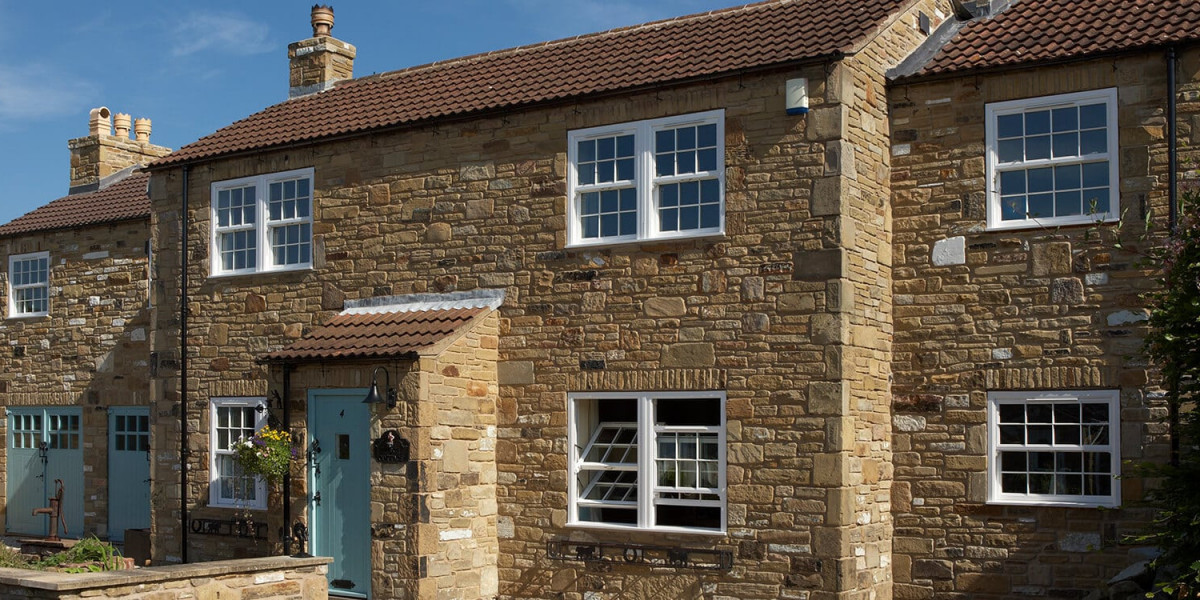A fresh air conditioner goes beyond traditional cooling. It’s designed not only to regulate temperature and humidity but also to introduce filtered outdoor air into your indoor space. This system improves indoor air quality (IAQ) by diluting pollutants like CO₂, VOCs (volatile organic compounds), dust, and allergens—creating a healthier, more breathable environment.
Why Choose a Fresh Air Conditioner?
Traditional air conditioners recycle the same indoor air, potentially building up airborne contaminants. A fresh air system actively ventilates, pulling in clean outdoor air while maintaining comfortable indoor temperatures. Below are some core advantages:
| Feature | Fresh Air Conditioner | Traditional AC |
|---|---|---|
| Indoor Air Quality | High | Moderate to Low |
| CO₂ Reduction | ✅ Yes | ❌ No |
| VOC and Allergen Filtration | ✅ Advanced Filters | ⚠ Limited |
| Energy Efficiency | ✅ Inverter Technology | ⚠ Varies |
| Suitable for Enclosed Spaces | ✅ Ideal | ⚠ Not Ideal |
How Does a Fresh Air Conditioner Work?
Fresh air AC units integrate ventilation and filtration systems into their cooling cycle:
Outdoor Air Intake
Draws in fresh air through dedicated ducts.Multi-Layer Filtration
Removes particulates, pollen, smoke, and odors using HEPA or activated carbon filters.Heat Exchange System
Balances indoor and outdoor air temperatures, preventing thermal loss and ensuring energy efficiency.Air Mixing
Combines filtered outdoor air with conditioned indoor air to maintain comfort and cleanliness.Smart Controls
Includes CO₂ and PM2.5 sensors for real-time air quality monitoring and automatic adjustments.
Who Needs a Fresh Air Conditioner?
Fresh air air conditioners are especially beneficial for:
Homeowners with Allergies or Asthma
Reduces indoor allergens and irritants that can trigger respiratory symptoms.Urban Residents
Helps combat polluted city air by filtering incoming outdoor air.Schools and Offices
Improves concentration and productivity by lowering indoor CO₂ levels.Healthcare Facilities
Maintains sterile, clean air essential for patient safety.New Homes with Tight Envelopes
Modern insulation can trap pollutants—fresh air ACs help flush them out.
Top Benefits at a Glance
✔ Cleaner Indoor Air
✔ Better Sleep Quality
✔ Reduced Risk of Headaches and Fatigue
✔ Energy-Efficient Cooling
✔ Healthier Long-Term Living Environment
What to Look for in a Fresh Air AC Unit
Here are some key factors when choosing the right system:
✅ Filtration System
Choose units with multi-stage filtration, including HEPA and activated carbon filters.
✅ Energy Efficiency
Opt for inverter technology and energy ratings (e.g., EER, SEER) for reduced power consumption.
✅ Smart Features
Look for air quality monitoring, automatic adjustments, remote control, and mobile app integration.
✅ Ventilation Capacity
Ensure the unit provides a sufficient airflow rate (CFM) for your room size.
✅ Noise Level
Check decibel (dB) ratings—quiet models operate under 40 dB, ideal for bedrooms and offices.
Fresh Air Conditioner vs. Air Purifier: What's the Difference?
| Feature | Fresh Air Conditioner | Air Purifier |
|---|---|---|
| Temperature Control | ✅ Yes | ❌ No |
| Introduces Outdoor Air | ✅ Yes | ❌ No |
| Filters Allergens | ✅ Advanced Filters | ✅ Yes |
| Humidity Control | ✅ Yes | ⚠ Only in some models |
| Air Recirculation | ✅ Mixed with outdoor air | ✅ Recycles indoor air only |
Energy Consumption Considerations
Despite the advanced features, fresh air conditioners are designed to be energy-efficient. Modern systems include:
Inverter compressors that adjust power usage dynamically
Heat recovery ventilators (HRV) that pre-condition incoming air
Zoned cooling to limit unnecessary operation
Estimated Monthly Consumption:
| Room Size | Power (Watt) | Daily Use (Hours) | Monthly kWh |
|---|---|---|---|
| 200 sq. ft | 1,000W | 8 | ~240 kWh |
| 500 sq. ft | 2,000W | 6 | ~360 kWh |
(Values may vary depending on climate, insulation, and model efficiency)
Frequently Asked Questions (FAQs)
❓ Can a fresh air AC work in high-pollution areas?
Yes. Modern units come with advanced filtration systems that remove PM2.5, smoke, and odors—making them ideal even in urban or industrial zones.
❓ Are fresh air conditioners more expensive?
Initially, yes. They often cost 10–20% more than standard ACs, but they save on long-term health costs, improve energy efficiency, and increase property value.
❓ Do I need separate ventilation with this AC?
No. These units are designed to provide both cooling and ventilation, so you don’t need a separate air exchanger or ventilator system.
❓ Is it good for people with respiratory issues?
Absolutely. Fresh air ACs are especially helpful for people with asthma, COPD, or seasonal allergies due to their air purification capabilities.
❓ How often should the filters be changed?
Most filters should be replaced every 3 to 6 months, depending on the pollution level and usage frequency. Units often come with filter replacement alerts.
Real-World Use Case: A Family Home in Urban Setting
A family living near a traffic-heavy area installed a fresh air conditioner. Within weeks:
PM2.5 levels dropped by 65% indoors
Children's allergies reduced significantly
Energy bills remained stable despite increased air circulation
This real-world scenario shows how a fresh air conditioner contributes to health, comfort, and energy efficiency—even in the most challenging environments.
Quick Buyer’s Checklist
✅ Multi-layer Filtration
✅ Energy Efficiency Ratings
✅ Noise Levels Under 40 dB
✅ Ventilation CFM Matches Room Size
✅ Smart Monitoring Functions
✅ Warranty and After-Sales Support








